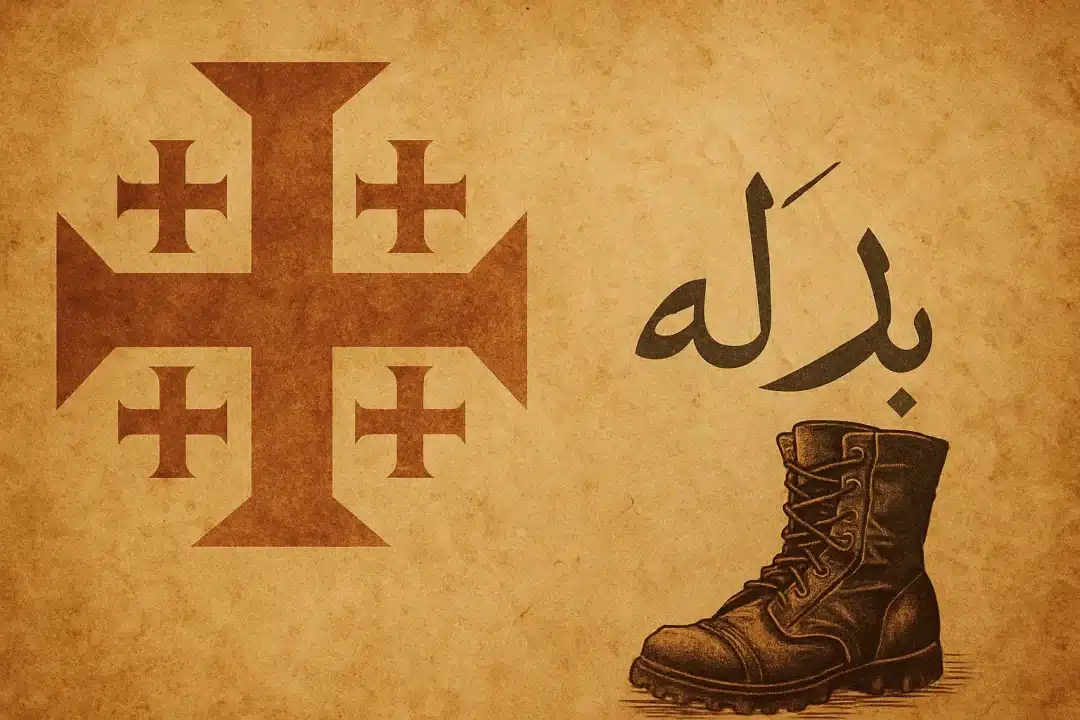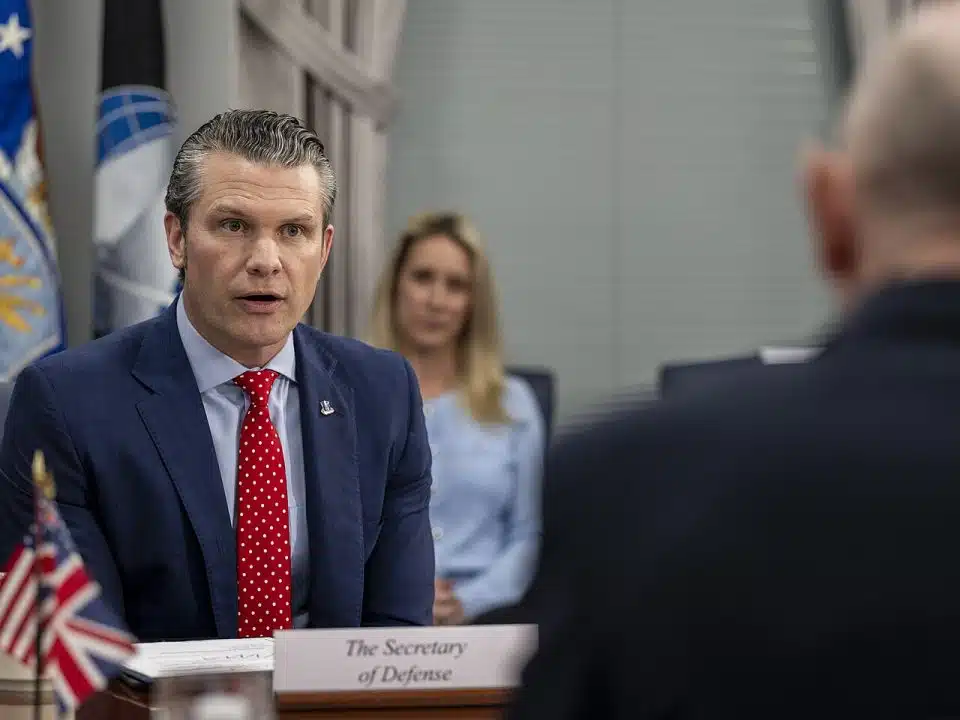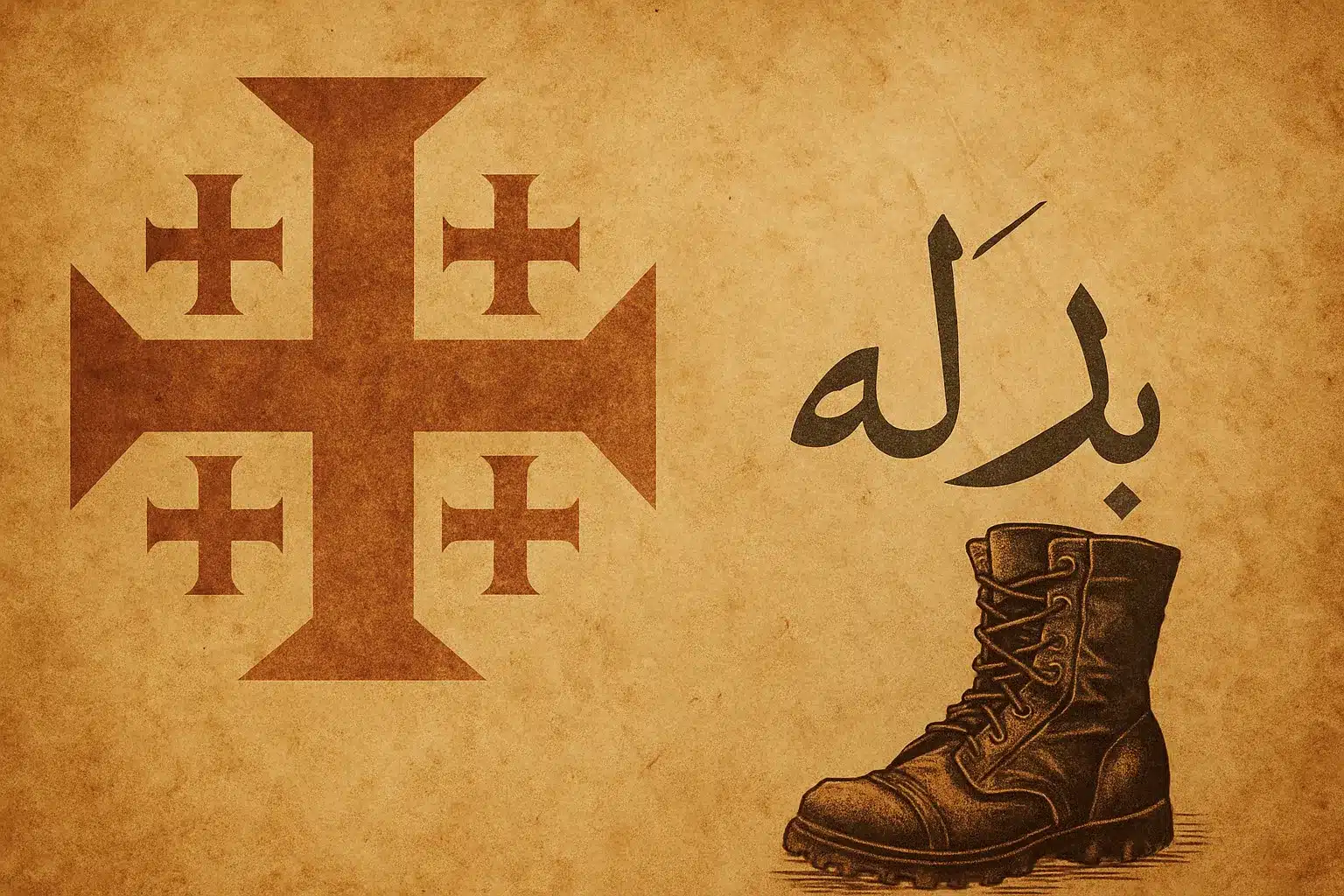

WASHINGTON — As Pete Hegseth continues to draw controversy in his new role as Secretary of Defense, attention has turned not just to his politics, but to the ink that covers much of his body.
Hegseth, a former National Guard officer and Fox News host, has long worn his ideology on his sleeve—literally. His extensive tattoo collection, which includes a Crusader cross, biblical Latin phrases, Revolutionary War symbolism, and most recently, a controversial Arabic tattoo, is under renewed scrutiny this month.
The newest addition to his collection, an Arabic phrase tattooed along his forearm, has ignited backlash for what critics call cultural provocation and political messaging cloaked in religious overtones.
While the exact translation of the tattoo has not been confirmed by Hegseth himself, multiple experts say it mirrors language commonly associated with Christian apologetics in the Middle East—drawing immediate concern about the intent behind the ink.
This isn’t the first time Hegseth’s tattoos have stirred controversy. Among the most prominent is the Jerusalem cross, inked boldly across his chest. Known historically as a Crusader emblem, the cross is steeped in centuries of religious warfare.
Unlike the small versions traditionally tattooed on Christian pilgrims visiting Jerusalem, Hegseth’s rendition is massive—a choice that experts call “a statement” in itself.
A Map of Militant Symbolism
Other Christian-themed tattoos include:
“Deus Vult” (“God Wills It”) emblazoned across his bicep—widely recognized as a Crusader battle cry.The Chi-Rho, a Greek Christogram used by Emperor Constantine before his historic military victory in 312 CE.A cross pierced by a sword, referencing the Gospel of Matthew: “I did not come to bring peace, but a sword.”“Yeshua” — Jesus’ name in Hebrew, across his elbow.
These explicitly religious symbols are paired with overtly American nationalist imagery:
“We the People” from the U.S. Constitution.The year 1775 in Roman numerals, marking the start of the American Revolution.A “Join, or Die” snake.A patch from the 187th Infantry, where Hegseth once served.An AR-15, crossed muskets, and an American flag.Far-Right Dog Whistles?
Critics argue that this amalgamation of religious and military symbolism paints a clear picture of militant Christian nationalism—a worldview that sees America as engaged in a righteous battle, domestically and abroad.
“It’s all very specifically violent,” says Dr. Eleanor Janega, a medieval historian who studies the use of Crusader symbolism in modern politics. “He hasn’t chosen ‘Blessed are the peacemakers.’ He chose the sword.”
Even more concerning, researchers note, is how these symbols mirror those used by far-right extremists—from the 2011 Norway attacker Anders Breivik to the rioters at the January 6 Capitol insurrection. The phrase “Deus Vult” has become especially prevalent in online radicalization spaces, experts say, often signaling support for holy war or anti-Islamic sentiments.
A New Tattoo, A New Flashpoint
Hegseth’s newest tattoo in Arabic adds yet another layer of controversy. While the content may appear benign on the surface, Arabic-speaking analysts have noted that its placement alongside his militaristic Christian tattoos evokes a clear oppositional framing—raising fears that it’s a cultural provocation meant to assert dominance rather than bridge divides.
For someone now tasked with overseeing U.S. military operations across a volatile world—including the Middle East—the symbolism could have global implications.
Intent or Impact?

Hegseth has denied that his tattoos promote extremism, dismissing critics as anti-Christian bigots. But his refusal to disavow or even acknowledge the deeper historical associations has only fueled speculation.
“In terms of Crusader virility, he’s not measuring up,” says Janega. “But what’s more alarming is the real-world power he now holds. These symbols aren’t just cosplay anymore—they’re policy.”
Hegseth’s own words in his 2020 book American Crusade reinforce that interpretation. “Our present moment is much like the 11th century,” he writes. “We don’t want to fight, but… we must.”
More Than Skin Deep
As Hegseth assumes control over the U.S. military, the growing conversation around his body art isn’t about fashion or personal taste. It’s about ideology—projected visually, unapologetically, and permanently.
Whether one views the tattoos as proud declarations of faith and patriotism or as symbols of exclusionary nationalism, one thing is certain: They are intended to be seen. And now, the world is watching.
Get the latest headlines delivered to your inbox each morning. Sign up for our Morning Edition to start your day. FL1 on the Go! Download the free FingerLakes1.com App for iOS (iPhone, iPad).
